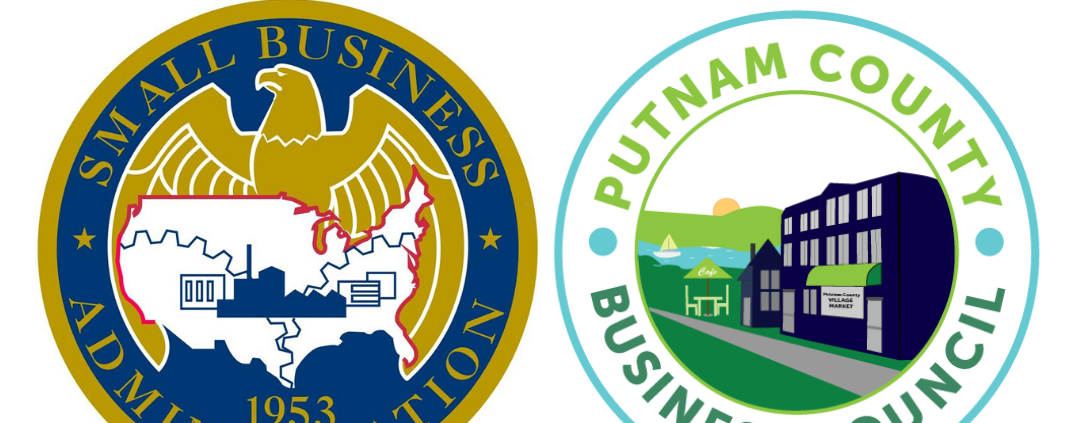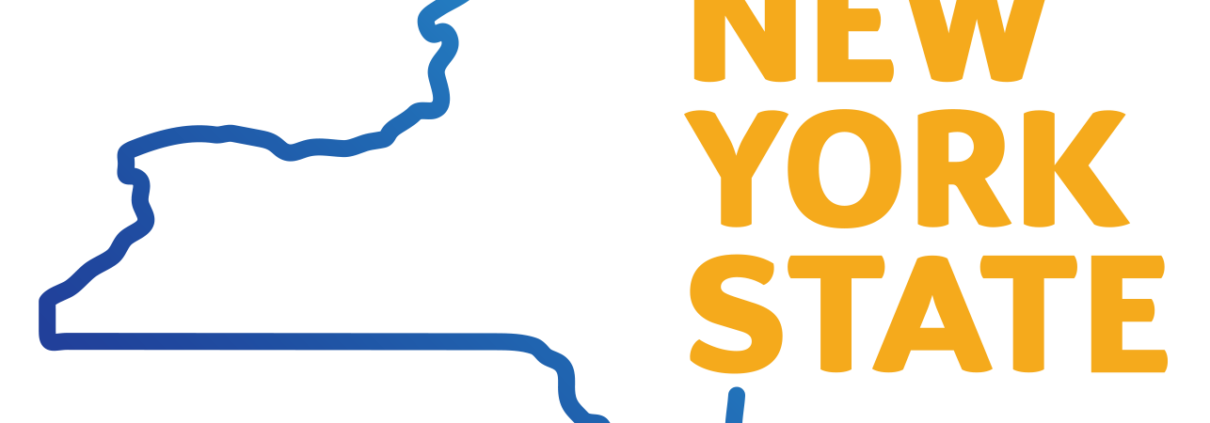
PCBC partner and premiere member Tompkins Mahopac Bank has implemented a temporary loan assistance program for existing commercial and consumer accounts to help stem their unexpected financial burdens associated with the coronavirus crisis.
Tompkins new Loan Assistance Program offers two-month loan payment deferment for various loan types, including consumer and commercial loans and mortgages.
“Our commitment to our customers and community continues to be the driving force for all we do,” said Gerald J. Klein, Jr., president and CEO. “As a community bank, it is our duty to assist our customers when facing unexpected hardship. We’re grateful to be able to support our customers in any way we can.”
Customers who would like to participate in the program will need to contact their banker via phone or email immediately, or reach out to Tompkins Customer Care Center at 1-866-462-2658 to review options that may be available to them. Please visit their website, www.mahopacbank.com, for more information.
What you need to know about the SBA Economic Injury Disaster Loan Program
WEBINAR STARTS TODAY at 4:00 pm
Putnam businesses are facing unprecedented challenges as we work together to address the impacts of COVID-19 on all sectors of our economy. Hosted by PCBC Chairwoman Jennifer Maher and Man-Li Lin, economic development specialist, U.S. Small Business Administration, the live presentation will provide an introduction to the disaster loan program available to our local businesses who have been severely impacted.
Note: Space for the live webinar is limited, but the recording will be available to all registrants.
Please register below for the SBA Economic Injury Disaster Loan Program Webinar for Putnam County Small Businesses. After registering, you will receive a confirmation email containing a link to join the webinar.
Be Safe, Stay Well.
Jennifer Maher
Chairwoman Putnam County Business Council
For more information about the Coronavirus, please visit – http://www.Coronavirus.gov
Today the New York State Legislature will pass, and the Governor is expected to sign, a bill that adopts two separate and distinct sick leave programs: 1) A provision that provides paid time off for employees impacted by the COVID-19 virus and; 2) A new, permanent law requiring all employers to provide sick leave to their employees. You can find the bill in its entirety here. Details are provided below.
As you can see, there is plenty of activity on both the state and federal levels aimed at protecting the income of employees impacted by the coronavirus. We will keep you informed of these and any other relevant changes as they occur. Be sure to register for the free Business Council of New York’s webinar Impact on Employers of Coronavirus Part II on Friday, March 20 from 1-2 p.m. where they will be discussing this new state law and recent federal developments.
Here is what we know:
First, emergency paid sick leave for an employee under a mandatory or precautionary order of quarantine or isolation issued by the state of New York, the department of health, local board of health, or any government entity duly authorized to issue such an order due to COVID-19. These provisions would be effective immediately upon the Governor’s signature. In this case, employers of 99 or less will be obligated to:
Notify employees of the availability of leave as described below;
To provide job protected leave as described below;
Provide documents required for that employee to apply for Paid Family Leave (PFL) and New York State Short Term Disability (DBL);
Employers of 100 or more only need to provide paid sick leave as required.
Provisions of the bill include:
Employers of 10 or fewer as of January 1, 2020 must provide unpaid sick time during an employee’s period of ordered quarantine or isolation, except those employers with net income of more than $1 million, which must provide five days of paid sick leave;
Employers of 11 to 99 must provide five days of paid sick leave;
Employers of 100 or more must provide up to 14 days of paid sick leave;
Public employers must provide at least 14 days of paid sick leave;
Benefits would not be available to employees deemed asymptomatic or not yet diagnosed with any medical condition and is physically able to work, through remote access or other means.
This leave is job protected and employees are, interestingly, not eligible to use this leave if the employee is returning from personal travel to one of the destinations on the CDC travel advisory list. These employees would be able to use any available employer provided leave time or, absent that, unpaid sick leave for the duration of the quarantine.
For employers of 99 employees or less, should an employee’s period of quarantine or isolation extend beyond available sick time as described above, the employee would be able to apply for Paid Family Leave (PFL) and New York State Short Term Disability (DBL) concurrently – as you know this is not possible under current law. Benefit amounts would be a combination of payments from PFL and from DBL up to 100% of an employee’s average weekly wage for those employees earning up to $150,000 per year. For example:
An employee making $150,000 per year ($2,884.62 per week) may be eligible for: $840.70 payment from PFL (60% of average weekly wage to the 2020 maximum benefit amount), and $2,043.92 payment from DBL (a significant – temporary increase over the current maximum of $170/wk.)
Additionally, there is no waiting period for the commencement of DBL payments under these circumstances. PFL benefits may also be used to care for a dependent minor child under such a mandatory quarantine of isolation order; this provision does not apply in cases where the child’s school is closed and requires daycare.
The law also provides for the creation of a risk adjustment pool to help stabilize the DBL/PFL insurance carrier industry. Also, if federal COVID-19 benefits are approved, these state benefits would only apply if they would provide employee benefits in excess of what is available under federal law. Currently the US Congress is considering legislation that may expand the Family and Medical Leave Act and/or require paid sick days during the COVID-19 crisis.
The second component of this bill is a new, permanent employer mandate to provide job protected sick leave. This would take effect January 1, 2021. These provisions include:
Employees are to accrue sick leave at a rate of one hour per thirty hours worked;
Employers of less than five employees must provide up to forty hours of unpaid sick leave in a calendar year, except those with net income of more than $1 million, which must provide up to forty hours of paid sick leave;
Employers of 11 to 99 must provide forty hours of paid sick leave each calendar year;
Employers of 100 or more must provide fifty-six hours of paid sick leave each year;
Eligible uses are for care for the employee’s own mental or physical illness, injury, or health condition or of the employee’s “family member;” for diagnosis or care of medical issues; or for absences related to domestic violence, sexual offenses, stalking and/or human trafficking “Family member” is defined as an employee’s child, spouse, domestic partner, parent, sibling, grandchild or grandparent, and the child or parent of an employee’s spouse or domestic partner;Sick time can be used “upon oral or written request of an employee.”
Employers can set reasonable minimum increments of use, no to exceed four hours;Unused sick leave may be carried over into the following calendar year. Employers can limit the use of sick leave to forty hours (employers of less than one hundred) or fifty-six hours per year (employers of one hundred or more.);
Employers are prohibited from discriminating against or taking any retaliatory action against any employee exercising their rights under this law;
Employers with leave policies that encompass the amount of sick time required under this statute are not required to provide additional sick time as long as sick time may be used in the same way as proscribed in the statute;
Upon request, employers are required to provide employees with a summary of their sick leave accrued and used in the current and previous calendar;
The bill preempts all municipal sick leave ordinances other than New York City;
Employers must maintain six years of records on sick leave provided to all employers.



